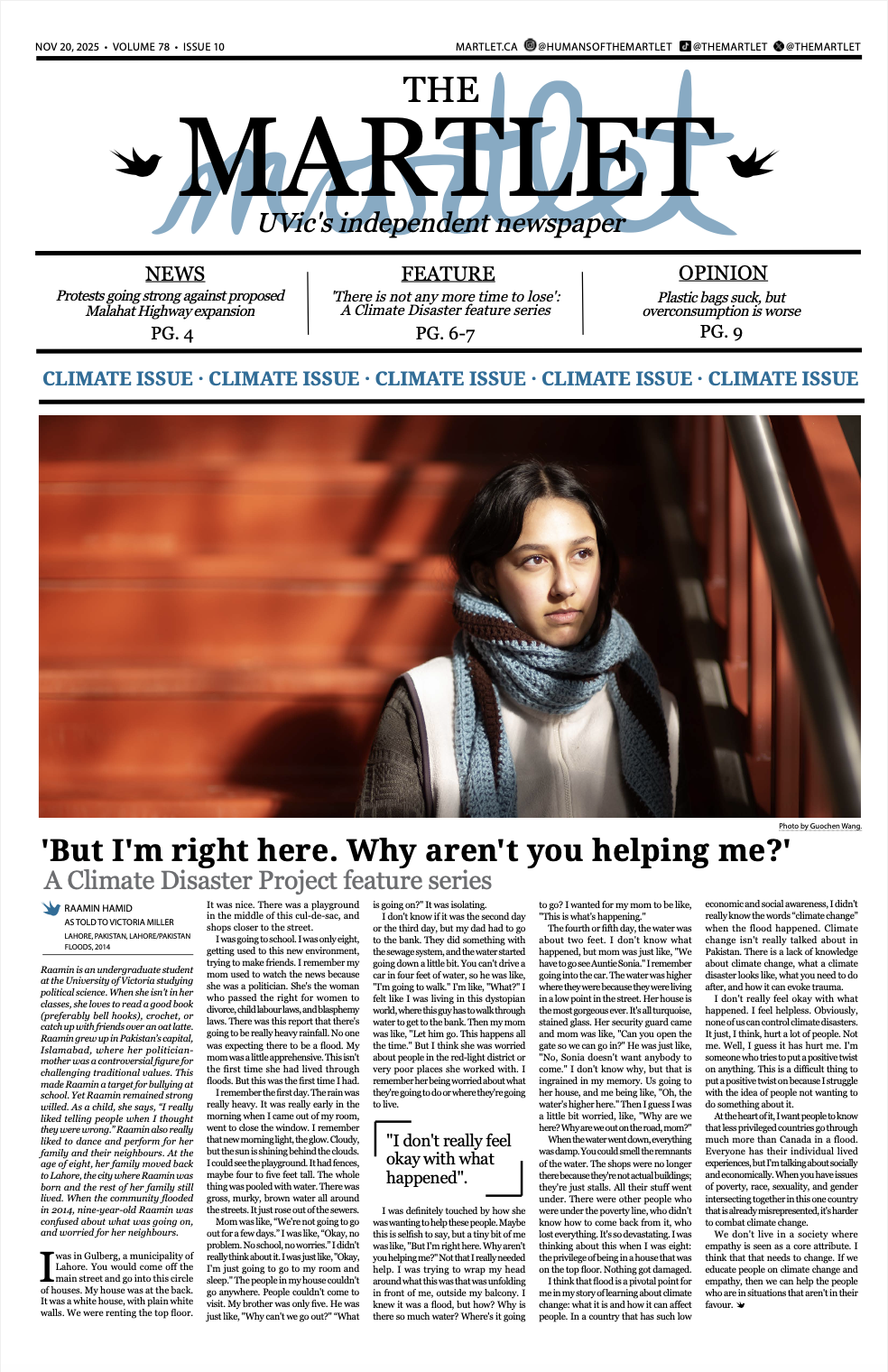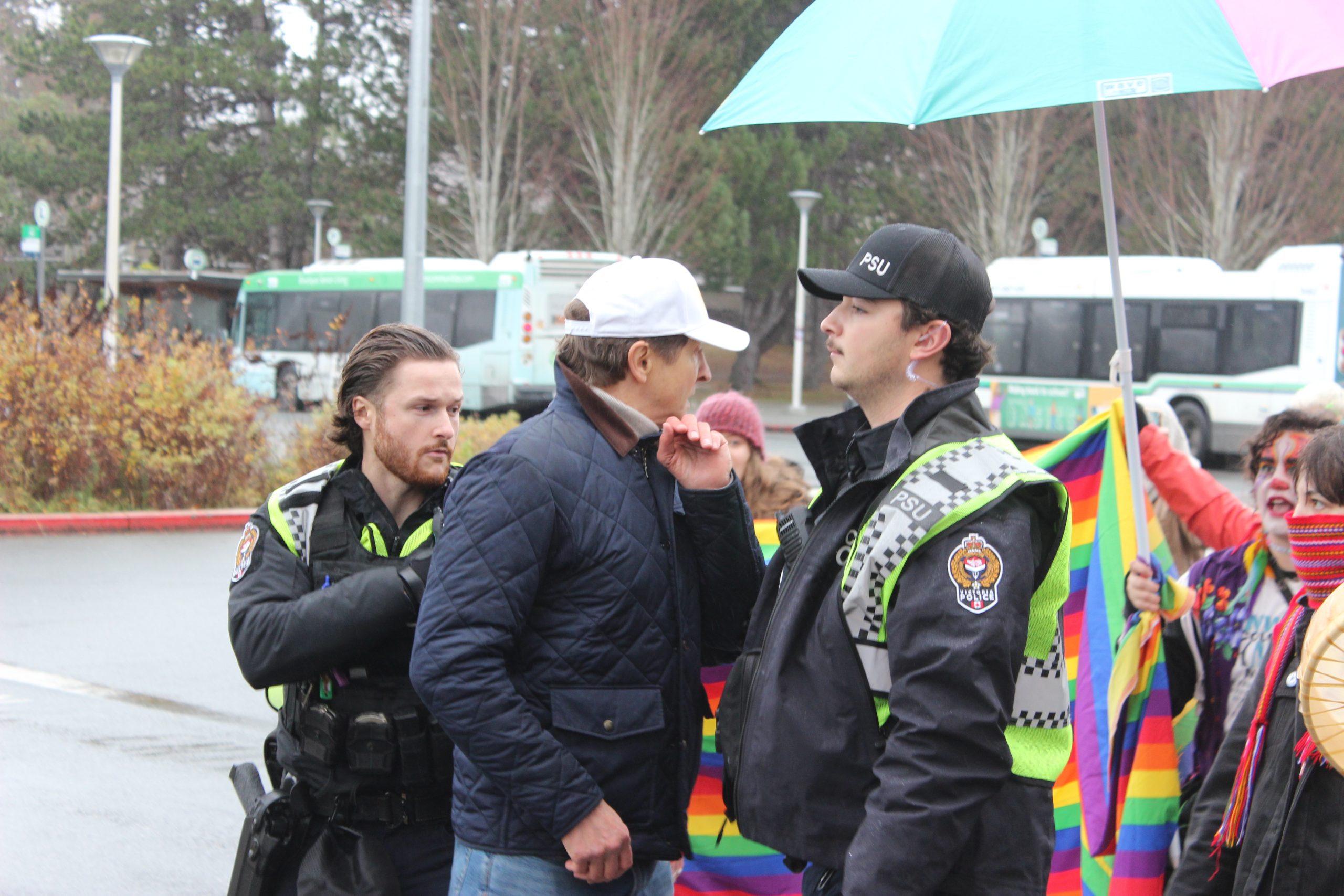By many accounts, romantic overtures were once a little simpler. Romance and sexuality required only a slightly veiled indication of interest to make intentions clear. Of course, the complexity beneath the surface has likely changed little over history. It’s just that, in modern society, the average person is more equipped—and permitted—to match language to their tangled inner lives. One can lead a complicated love life more openly than was acceptable in the past.
We are gradually moving away from a cultural model designed around one dominant gender, sexual orientation, and format for sexual appetites. This goes beyond simple categories such as “straight,” “gay,” and “bi.” Such attributes are a question of degree, not category—they are the barest account of any individual’s sexual identity, providing little insight into their specific tastes. In reality, there are as many sexual and romantic preferences as there are body shapes and personalities—more, in fact, since some fetishes and fantasies can only be fulfilled within the realm of imagination.
As society becomes less restrictive, we can more readily express the full spectrum of our feelings toward one another. The attitude in more progressive circles is that increasing people’s freedom can’t be a bad thing—provided that the resulting behaviour does not cause harm by infringing upon others’ freedom. However, change brings a new set of challenges. What were formerly considered “forbidden desires,” must be communicated clearly. A maze of cues and signals must be navigated to find others with common desires.
These cues are highly diverse, and still subdividing. They range from the widely recognized and broad (such as winking), to the culturally specific, to the private cues of couples or groups. They can include facial expressions, gestures, and body language, whether consciously planned or involuntary. Perhaps the most complex yet unambiguous messages are broadcast via fashion and other forms of artistic self-expression. A person’s choices about their physical appearance are generally the first things that others notice. Sometimes they remain the only reliable metric by which others can get a read on them.
There is no inherent danger in two consenting adults expressing their desires. However, the subtlety and complexity of modern sexuality is characterized as a problem by many ideologues. Supporters of social progress have been criticized for generating unnecessary confusion over “what it means” to be a man or woman. The erosion of culturally ingrained values is often invoked as an argument against changing sexual mores or our perception of them.
Russia is a prime example of this mentality. The Russian legal system’s holdout against the growing trend of acceptance in the developed world is attracting some dirty looks, now that all eyes are on Sochi. However, even in North America, there is often intense pressure to represent oneself as “normal.” Nuance and deviation may be more tolerated, but are often a source of anxiety—any cues and signals that could possibly suggest anything abnormal or forbidden are avoided.
Evolving a more complex set of tools for connecting with others has provided profound benefits, despite the conflict with established norms. Sophisticated communication allows for deeper connections, and can allow you to learn about a person whose surface you may not even have scratched otherwise. Everyone should have the freedom to inquire about shared experiences and compatible sexual desires in others.
Denying our culture’s ongoing march toward complexity is pointless—the most that the reluctant and fearful people of the world can hope for is to delay. The underlying narrative of our culture is telling us that people who feel something for each other should be able to explore that feeling, without having arbitrary barriers placed in their way.








